Yega Sheffield Benafenka | Cochelban washable G1, 2017 Elle pressure contest designated match beans
Ethiopia Yirgacheffe Kochere Banko Beyene Fully washed
Producing country: Ethiopia Ethiopia
Producing area: Banco Banko, Cochel Kochere, Yega Xuefei Yirgacheffe
Washing factory: Benafka washing factory Beyene washing station
Producer: local small coffee farmers
Altitude: 2100 m
Variety: Ethiopian native species Ethiopia Heirloom Varietals
Treatment method: full water washing Fully washed
Harvest time: 2018 production season
Flavor: citrus, fresh lime, bergamot, litchi
01 | introduction of the processing plant
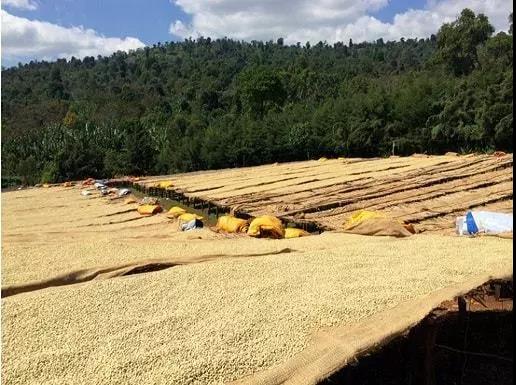
This coffee comes from Yega Sheffield, and the owner of the washing plant is Beyene Figa, which is located in Banko, the next producing area of Yega.
The Benafuca Wash Plant buys fresh cherry fruits from nearby farmers at an altitude of about 2100 meters. Each farmer has less than 1500 coffee trees, with an average area of one hectare. All the fertilizers are organic fertilizers, and coffee trees are rarely trimmed. They will send the harvested fresh fruit to the washing factory. Each batch of 100 bags of raw beans comes from 150 bags of shell beans, while a coffee tree produces only about 100g-200g.
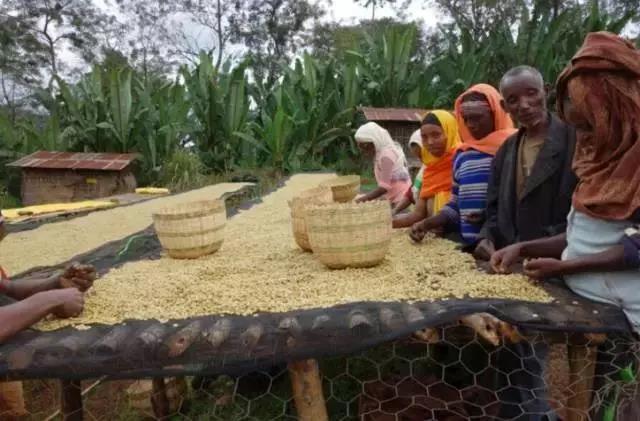
After receiving the cherry fruit in the washing plant, the traditional Agarde peeling machine was used to remove the peel and pulp, fermented in the flume for 48 hours, graded in clear water ditches, soaked in clean water for 12-24 hours, and finally dried in the African viaduct for 10-12 days, covered at noon and night. The grade of this batch is the highest level of G1.
Small farmers grow mixed varieties, including locally improved Certo or native Wolisho. But most of them are coffee from wild native species transplanted to small family farms, collectively referred to as Ethiopian native species, which are basically numerous native Tibica hybrids, with improved varieties derived from old varieties, to name a few.
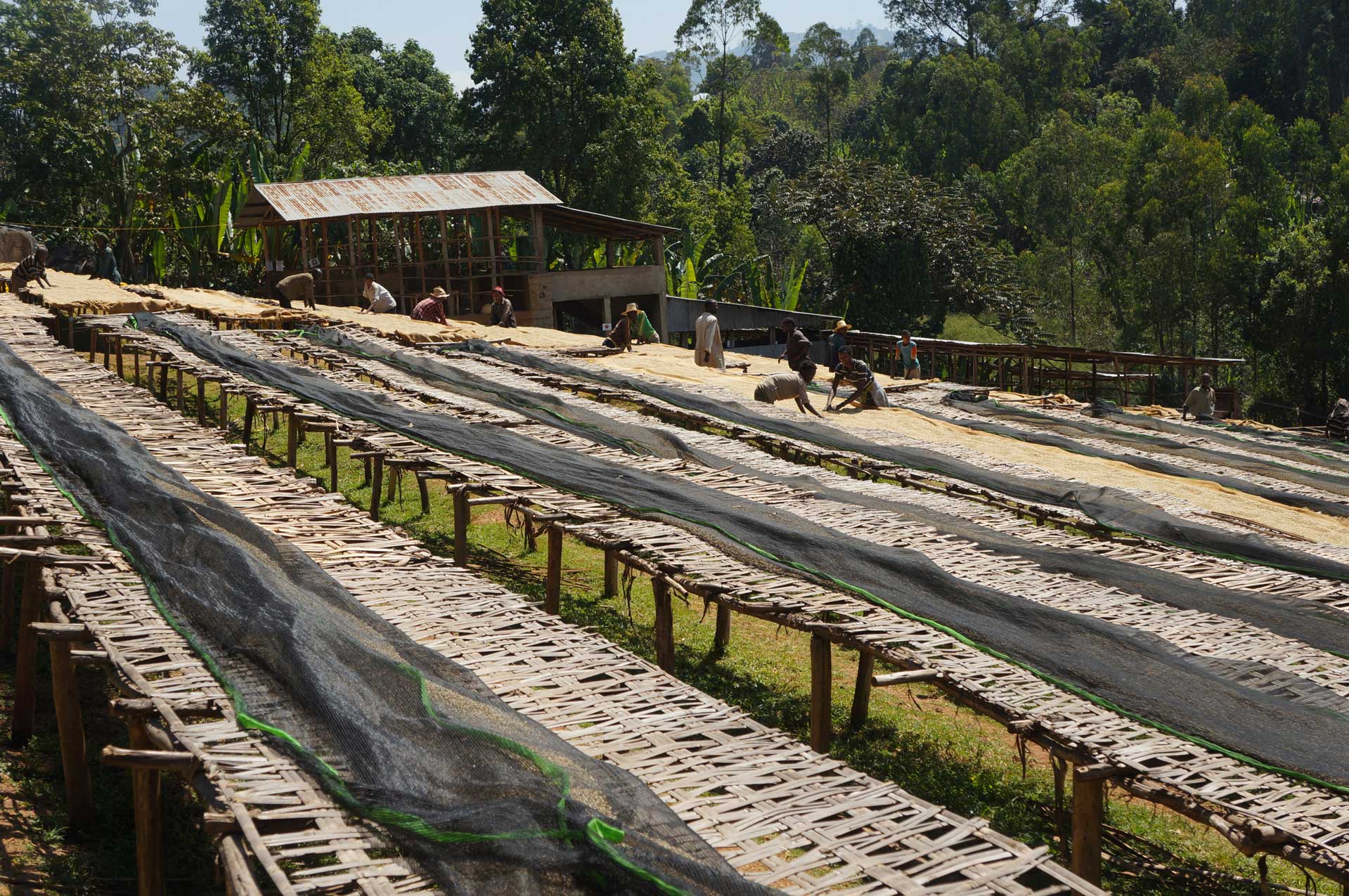
02 | production area description
[Cochell producing area]
Kochere, located on a plateau between 1650 m and 1800 m above sea level
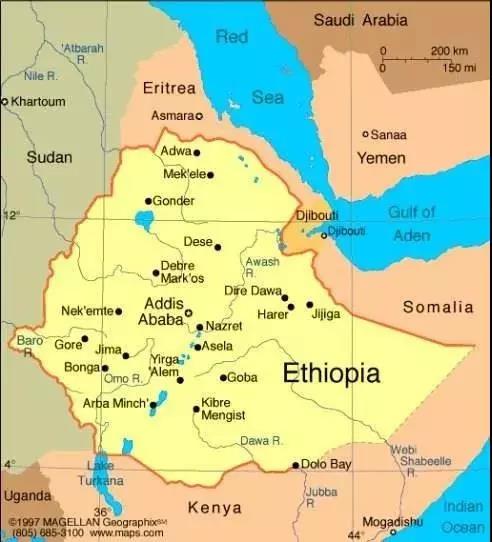
In 1995, Ethiopia redivided the region, and the Yirgacheffe we are familiar with is planned in the Gedeo area in the new SNNPR. Currently located in the middle of Gedeo, Kochere is 25 miles north of the famous town of Yegashefi. The production model is based on local small farmers sending output batches to cooperatives for unified processing. For a long time, it has been regarded as one of the best sources of coffee in southern Ethiopia.
Ethiopia's main picking season is November and December, and most farmers do not use modern farming methods, use artificial care of coffee trees, and do not use harmful pesticides or herbicides. As a result, almost all coffee in Ethiopia is the default organic coffee, whether certified or not, the combination of original growth methods and precision processing makes the region's coffee world-famous.
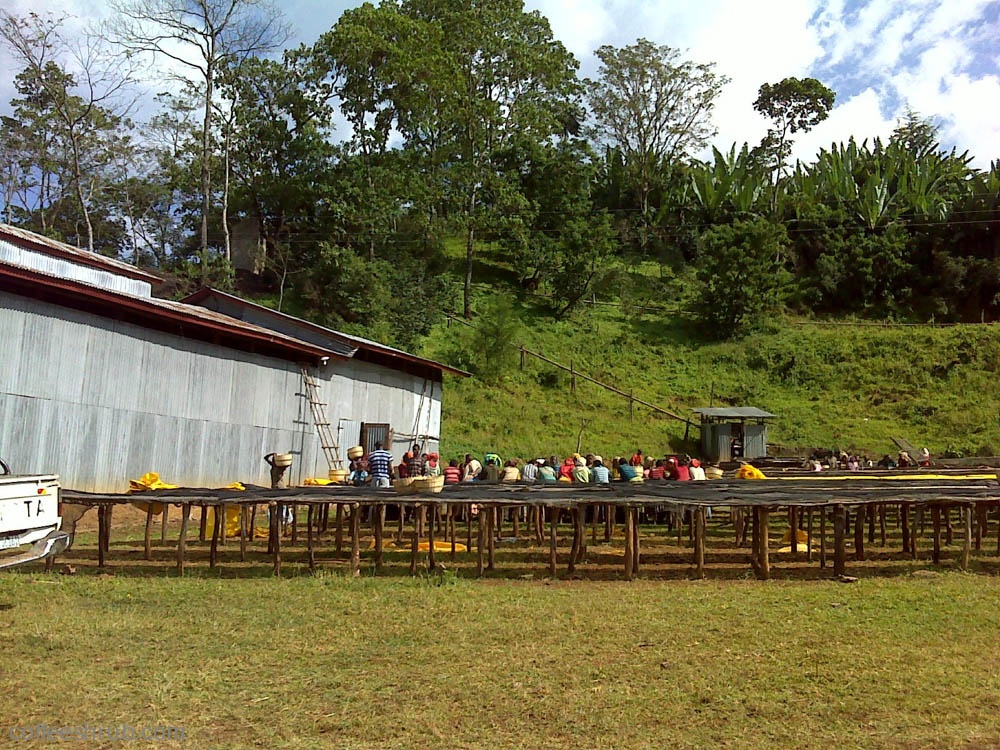
03 | introduction to the handling method
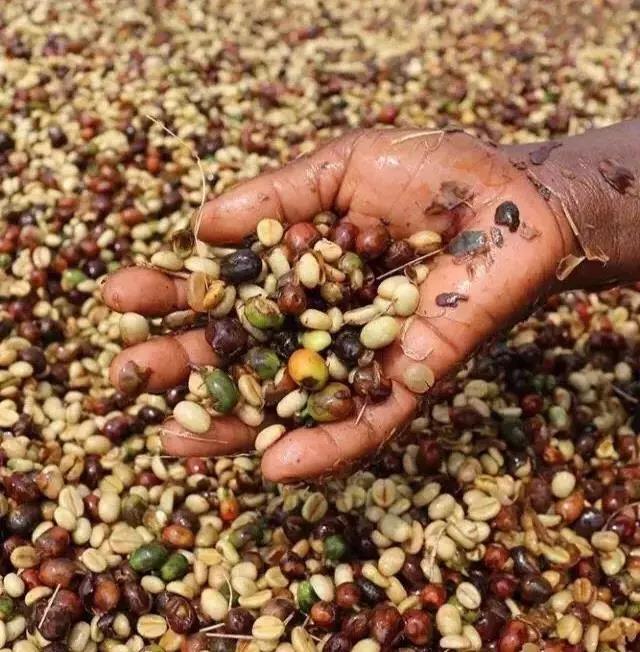
Complete washing method (Washed)
The peel, pulp and mucous membrane are removed by washing and fermentation. farms that use the washing method must build washing ponds and be able to introduce an endless supply of live water. During the treatment, the finished beans are put into the pool and passed back and forth, using the friction of beans and the power of running water to wash the coffee beans until smooth and clean.
After washing, at this time, the coffee beans are still wrapped in the pericarp with a moisture content of 50%. They must be dried to reduce the moisture content to 12%, otherwise they will continue to be mellow, moldy and rotten.
The treatment plant uses the traditional Ethiopian water washing method. After peeling, it is dried in a fermentation tank for about 48 hours. After washing, it is dried in an African-style elevated scaffolding for about 12-15 days. In addition to the continuous hand-picked refining work, the traditional method of covering the scaffolding for about three hours at noon is followed during the sun drying process, so as not to affect the quality due to excessive sun drying. This year seems to be the first time that the Fafat-Beneferga processing plant has appeared on the market under an independent name.
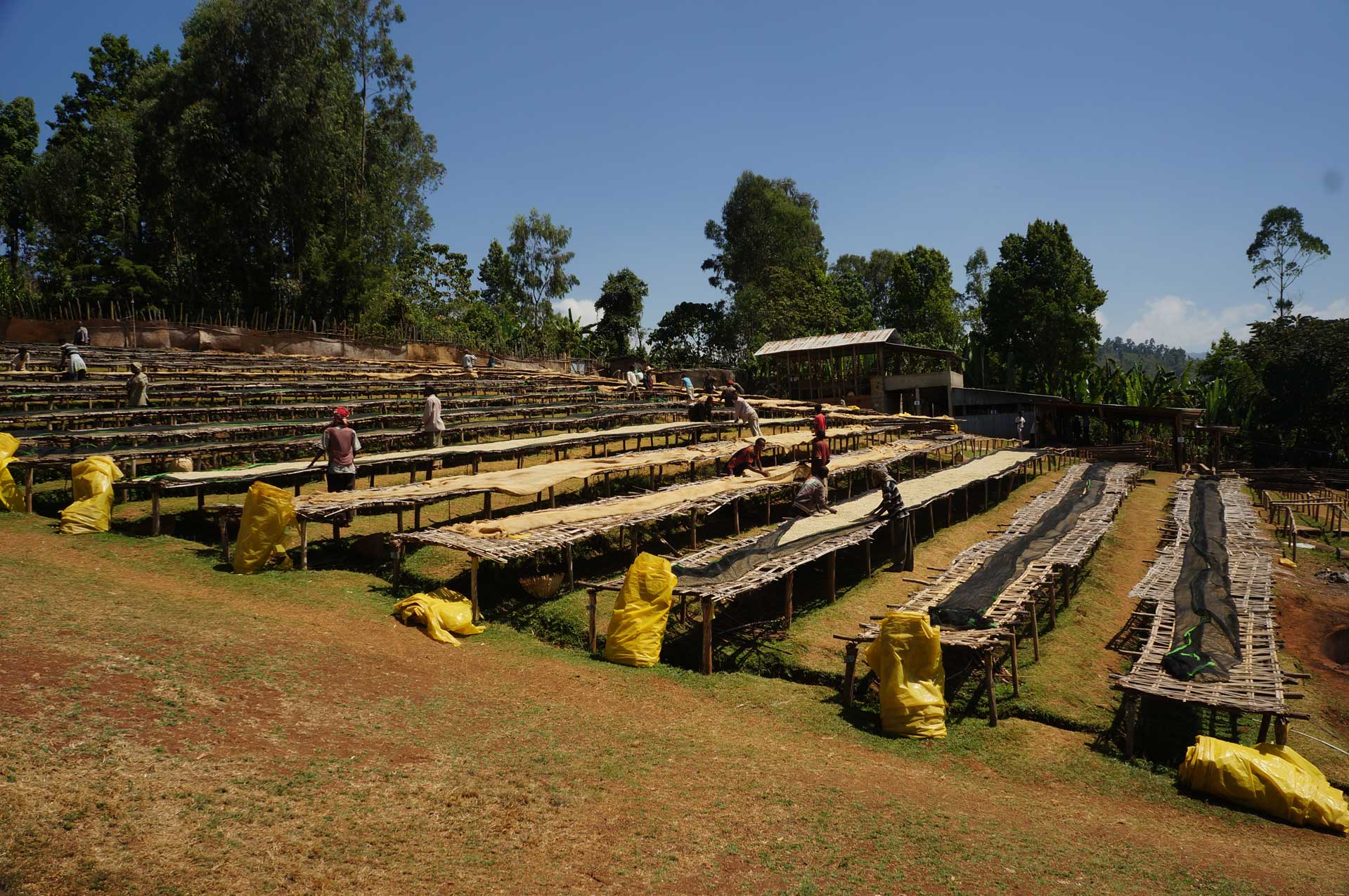
04 | Analysis of raw beans
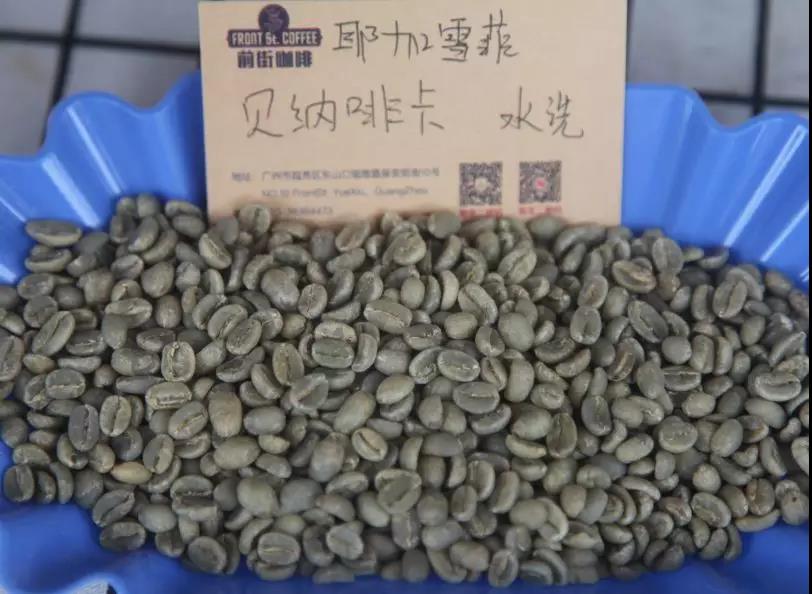
Washed coffee costs more resources (water) than the sun, so the quality of raw beans of washed coffee is higher and the beans are harder. Water washing has a brighter acidity than the sun processing method, which gives the coffee a "clean" taste. We like the washed Yejia Xuefei because it is clearer.
05 | Baking analysis
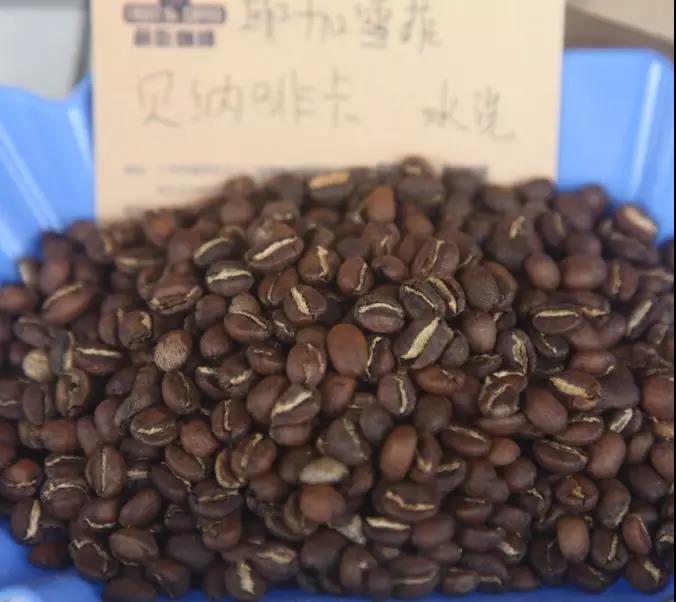
Light roasting makes the flavor of Yejia fruit more rich and sour in the mouth. On the contrary, the sour taste makes the coffee thicker, bitter becomes full of aroma and is worth aftertaste. In itself, coffee is a fruit, which can keep the fruit sour and sweet after being roasted at high temperature, which is the characteristic of Yejia Xuefei.
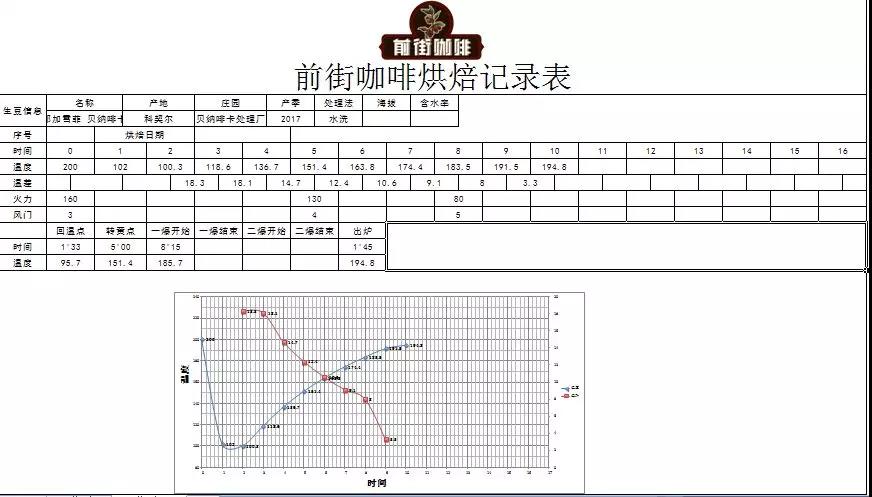
Roaster Yangjia 600g semi-direct fire
Use fast stir-fry, furnace temperature to 200 degrees Celsius into the pot, throttle set for 30 seconds, adjust firepower 160 degrees, throttle unchanged, bake to 5 degrees 39 degrees, temperature 151 degrees, bean surface turns yellow, grass smell disappears completely, dehydration is completed, firepower is adjusted to 130 degrees, throttle is opened to 4 degrees.
In the 8th minute, ugly wrinkles and black markings appear on the bean table, and the smell of toasted bread obviously turns into coffee, which can be defined as a prelude to an explosion. At this time, listen clearly to the sound of the explosion point, start to explode at 8: 15 ", turn the firepower down to 80, and the throttle is fully open (the firepower should be adjusted very carefully, not so small that there is no burst sound). At 194.8 degrees, the development time of an explosion is 1: 45".
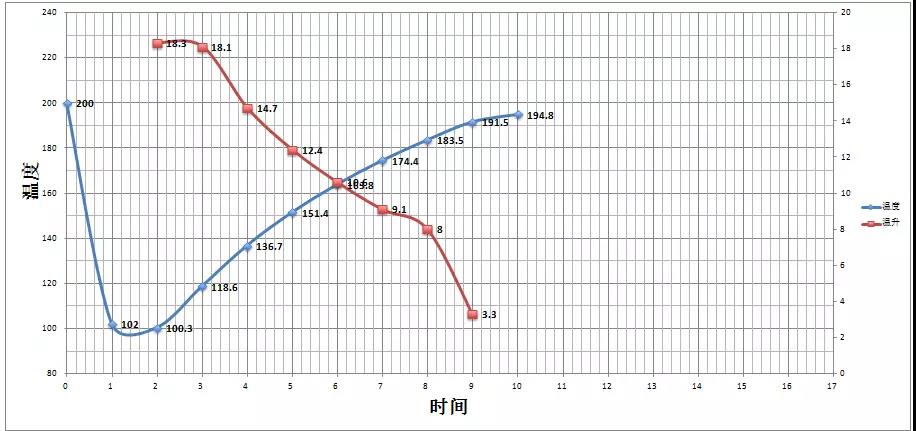
Cup test result
The acidity of the washed Yega Chuefei will be brighter, like citric acid, with a more delicate taste, a more obvious citrus flavor and a bit of tea in the latter part.
Flavor description:
The fresh and charming coffee blossoms have the sweet aroma of lemon. In addition to the sweet and sour taste of yogurt, citrus, fresh lime, bergamot and litchi outline the whole outline, with orange blossoms and peaches in the middle. The finish rhyme is spicy, floral and Earl Grey Tea.
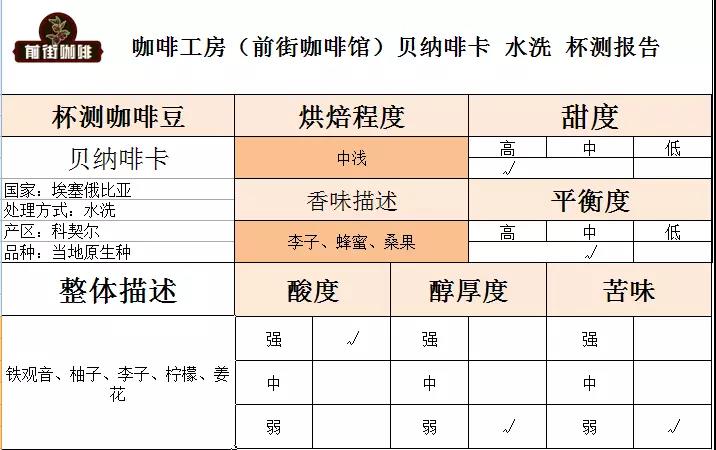
06 | Cooking analysis
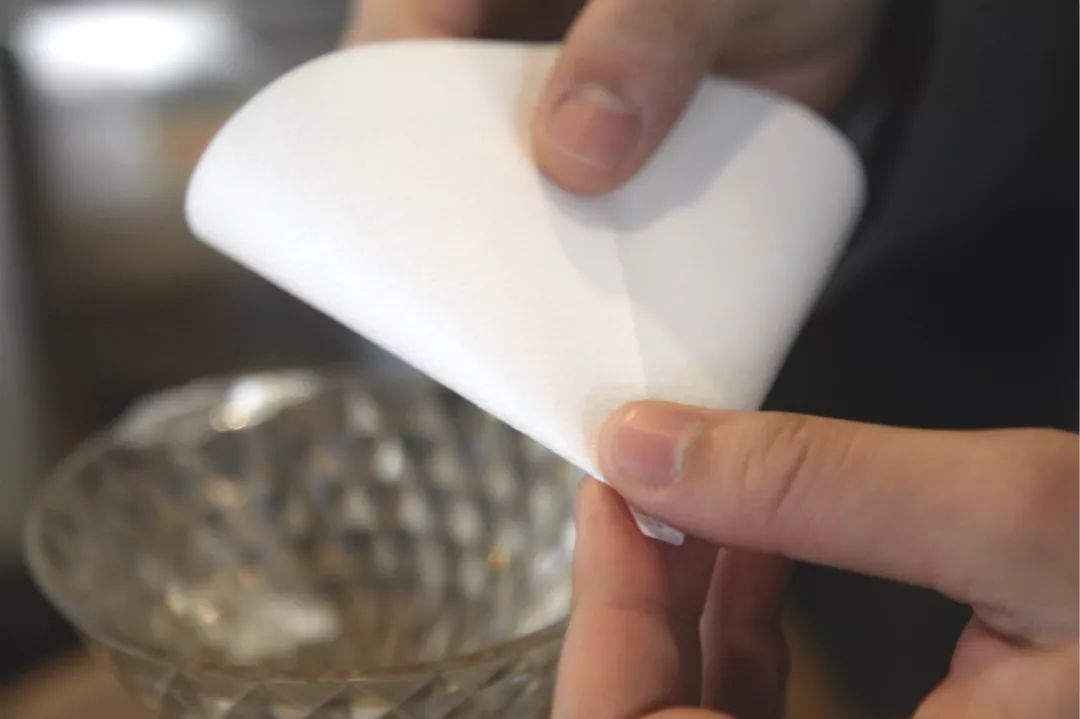
V60 filter cup, 15g powder, water temperature 90 degrees, grinding 3, water powder ratio close to 1:15
Steaming in 30 grams of water for 30 seconds
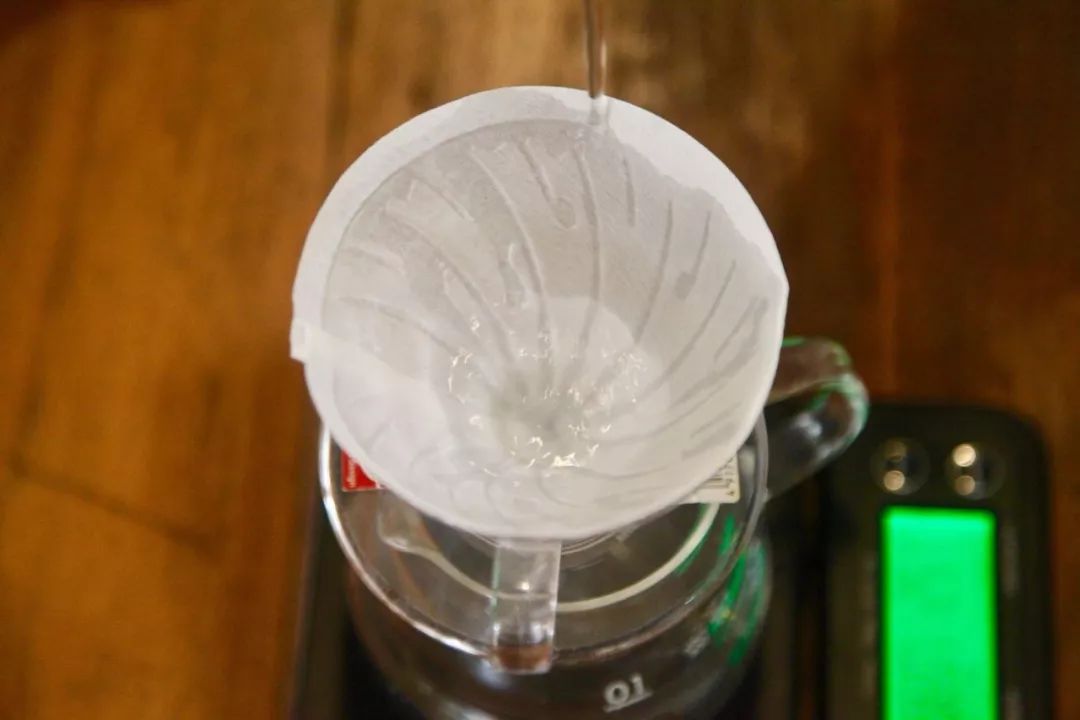
Section: inject water until 110ml is cut off, wait for the water level to drop to 1pm 3 and then slowly inject water until 225ml stops.
That's 30-110-85.
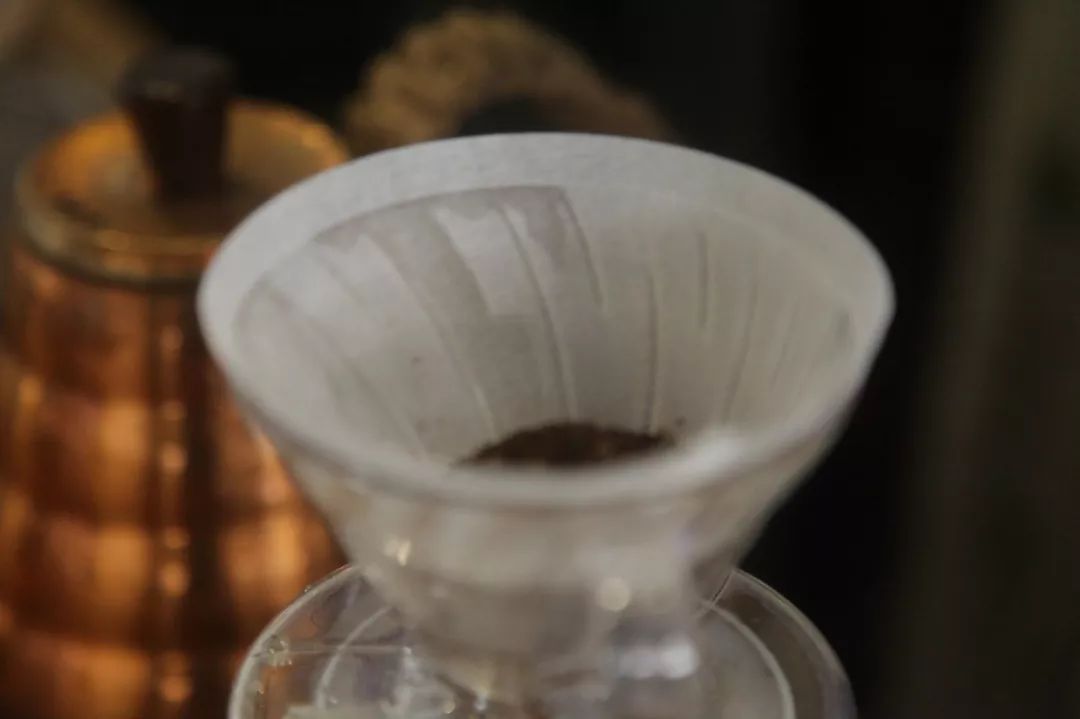
Other suggestions for trickling extraction:
Normal pressure, recommended grinding degree of 3.5-4 / water temperature 90 °C
Philharmonic pressure, recommended 2.5 grinding degree, water temperature 90 °C
Hand punch: 3.5 degree of grinding, water temperature 91 °C
3.5 Grinding-90 degrees water temperature
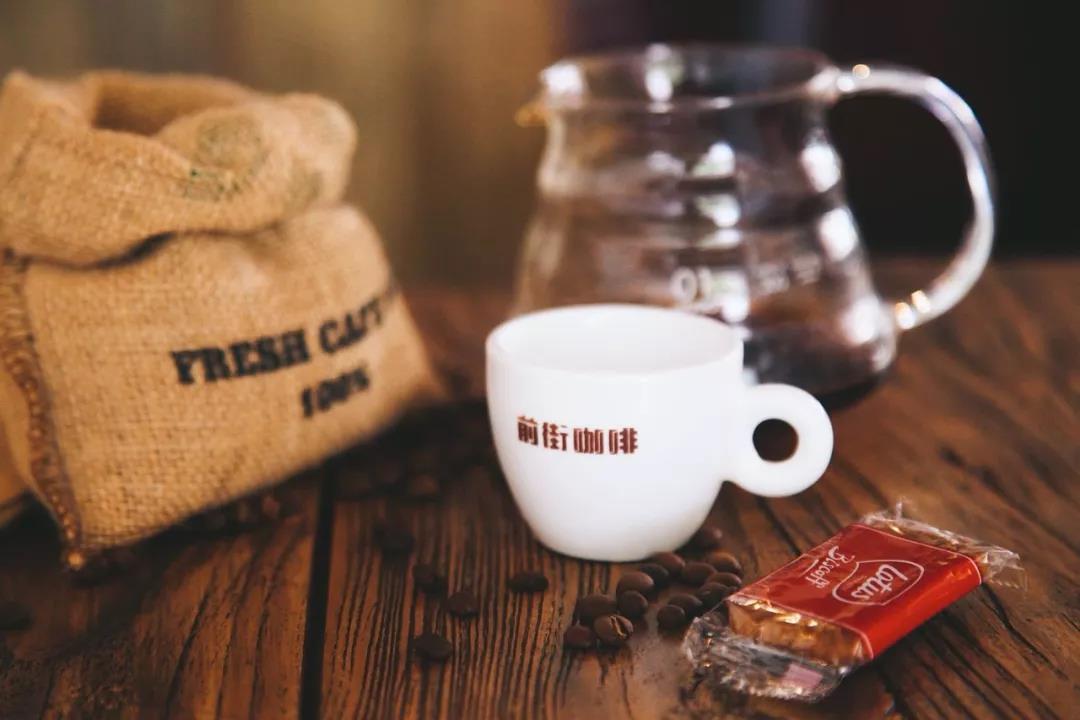
Important Notice :
前街咖啡 FrontStreet Coffee has moved to new addredd:
FrontStreet Coffee Address: 315,Donghua East Road,GuangZhou
Tel:020 38364473
- Prev
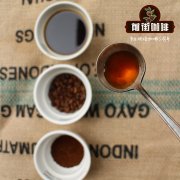
2018 Yunnan coffee bean quotation _ Katim coffee half jin how much is it _ Katim coffee bean price
Professional coffee knowledge exchange more coffee bean information Please follow the coffee workshop (Wechat official account cafe_style) is another year's harvest season, Yunnan coffee is generally a bumper harvest. The fresh fruit of red and green Katim coffee hangs all over the branches, and coffee enters the harvest season in Yunnan at the end of November. According to the report of Industrial and Economic observation, the income of Yunnan farmers has decreased year by year, and the price this year is about 30% lower than that of the same period last year.
- Next
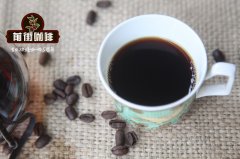
Is the Katim coffee bean Arabica? is the Katim coffee bean good? Katim coffee price list.
Professional coffee knowledge exchange more coffee bean information Please follow the coffee workshop (Wechat official account cafe_style) as we all know, in the 1970s the coffee industry was affected by rust, and the global coffee industry was hit by a cold winter, which was just the beginning of spring for Arabica growers and for Robusta. Because Robusta is a great
Related
- Detailed explanation of Jadeite planting Land in Panamanian Jadeite Manor introduction to the grading system of Jadeite competitive bidding, Red bid, Green bid and Rose Summer
- Story of Coffee planting in Brenka region of Costa Rica Stonehenge Manor anaerobic heavy honey treatment of flavor mouth
- What's on the barrel of Blue Mountain Coffee beans?
- Can American coffee also pull flowers? How to use hot American style to pull out a good-looking pattern?
- Can you make a cold extract with coffee beans? What is the right proportion for cold-extracted coffee formula?
- Indonesian PWN Gold Mandrine Coffee Origin Features Flavor How to Chong? Mandolin coffee is American.
- A brief introduction to the flavor characteristics of Brazilian yellow bourbon coffee beans
- What is the effect of different water quality on the flavor of cold-extracted coffee? What kind of water is best for brewing coffee?
- Why do you think of Rose Summer whenever you mention Panamanian coffee?
- Introduction to the characteristics of authentic blue mountain coffee bean producing areas? What is the CIB Coffee Authority in Jamaica?

